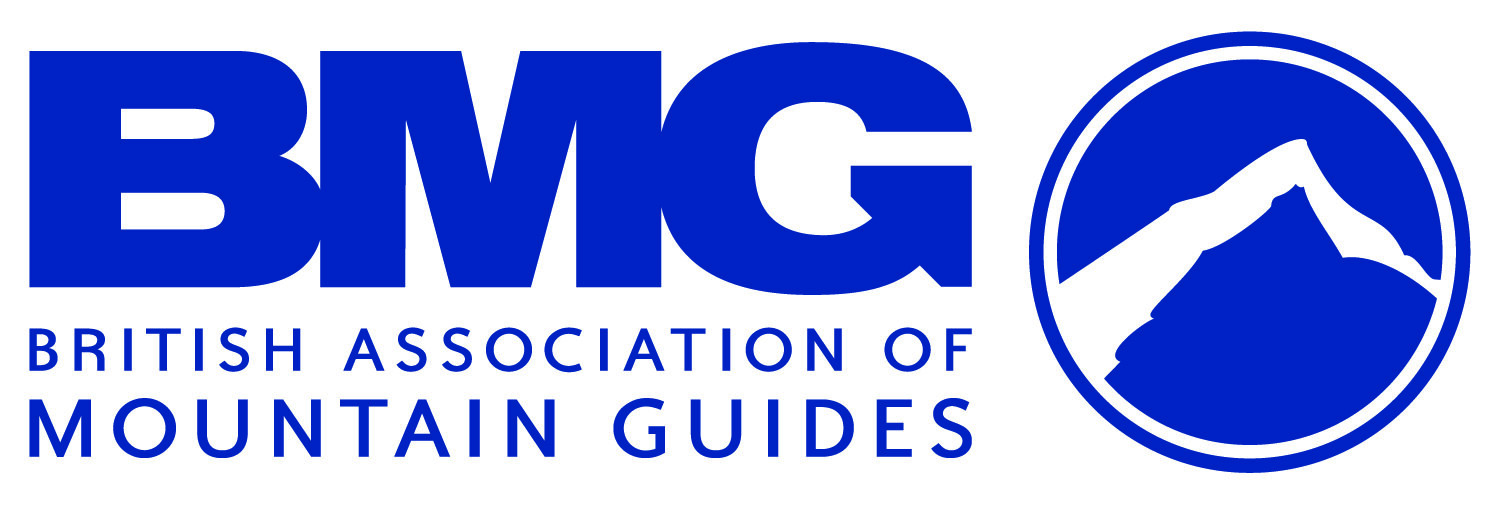Top Tips For Enjoying A Scottish Winter Climbing Trip
/WRITTEN by CHRIS & ANNE ENSOLL
The Scottish mountains in winter can be breathtakingly beautiful or extremely harsh and challenging, and they can change from one to the other in a matter of minutes. But with careful planning and preparation, you can make sure that you will have a positive, safe experience. If you’ve haven’t done any Scottish winter climbing before, you might have some questions about where to go, when to go, what kit to take.
When To Go
The best time to go is when the snow has had time to accumulate and settle and when the weather is settled and cold. This doesn’t happen often, so check the weather forecast for the weeks before your trip. There is often a cold snap in November or December which might allow for an early trip. After this, the best time is late February into March. However, the most important thing is to be flexible – not always easy if you have to book time off work in advance. As the winter moves into spring you can get some fantastic Alpine conditions on Ben Nevis with longer days and often no-one else around.
Where To Go
The west coast of Scotland gets more weather and therefore more snow, so in a lean snow year it’s better to go to the west. Glen Coe and Fort William are relatively easy to get to by train or by car. They both give longer days out than the Cairngorms, and the weather tends to be more changeable. I cut my teeth on the west coast, and I still love it – the amazing views out over the sea lochs, and the fantastic light. However, you can’t beat the Cairngorms for convenience, with shorter walk-ins, particularly in the Northern Corries, and generally better, or at least drier, weather. Torridon and Applecross in the northwest are more remote and therefore much quieter.
The Essential Info for Scotland page on our website has a downloadable info sheet with accommodation ideas and travel tips for the west coast and the Cairngorms.
Who To Go With
Winter climbing is a bit of an acquired taste, so make sure you go with someone who is up for an adventure. It is also hard work, so you need a fit climbing partner who is able to navigate well in difficult conditions, and who knows when to turn back or not go out at all. If it’s your first winter trip, choose someone more experienced, and someone you know you can spend big chunks of time with. Two absolute beginners climbing together could be a recipe for disaster. If no-one fits the bill, then consider hiring a Guide for a couple of days. Yes – it will cost you. But you can take advantage of someone else’s hard work and experience and save yourself immeasurable amounts of time and energy. You won’t believe how much you can learn in a short space of time.
What To Take
The amount of energy you expend on a winter day out can vary hugely, depending on the amount of snow, whether it is hard or soft underfoot, and how windy it is. Plan for the worst case. Make sure you have enough warm clothing and food to keep going longer than you’re expecting to be out. Thinking about things that might seem unimportant, like which gloves you take, can really have an impact on your enjoyment.
When you are moving about you will be working hard, so you will be warm. As soon as you stop, you will cool down very quickly. Having a good belay jacket will make the difference between a good day and a miserable one. Always take a map and a compass, and know how to use them in winter conditions. Depending on your chosen route, and the weather conditions, will you need crampons and ice axe? Do you know how to use them?
Compared to rock climbing, for winter climbing you need lots of kit – ropes, crampons, harness, helmet, axes, rack, food, warm clothing, etc – so thinking about what you can leave out can be just as useful as thinking about what to take. I recommend doing some less technical climbing to start with so you can what works and what doesn’t work with your kit. On easier routes you won’t be under time pressure, so you can work out systems to keep warm and become efficient before you go on to harder or more remote routes.
The downloadable kit list on the Essential Info for Scotland page will help you decide what to take with you. These blog posts will also be useful:
What’s the next best thing to a perfect pair of winter mountaineering gloves?
How to kit yourself out for winter in the mountains
Top tips for choosing an ice axe
Crampon review & comparison
Crampon review & comparison: Petzl Vasak Lever Lock, old vs new
What To Climb
The Scottish Avalanche Information Service (SAIS) gives excellent information about current conditions and avalanche hazards, which all helps to choose a safe route. Try to become familiar with the way they present this information and what it might mean for you on the hill. Read the reports for three weeks leading up to your trip – the history of the snow pack is really important in making informed choices. With modern axes and crampons you can get onto harder routes quickly, but that might not be a good idea. As a rule of thumb, long and easy or short and hard is a good place to start. The following websites will help you make informed choices about where and what to climb:
Mountain Weather Information Service (MWIS)
Lake District Weatherline
Live winter conditions on Great End in the Lake District and Cwm Idwal in north Wales
UKClimbing Winter Conditions Page
West Coast Mountain Guides Scottish climbing conditions blog
Other useful blog posts
Top tips for successful snow holing
Do you recognise the ten early warning signs of hypothermia?







